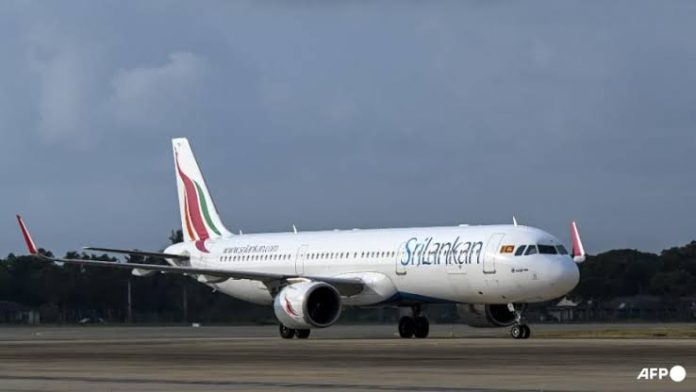The recent incident involving a rat grounding SriLankan Airlines’ Airbus A330 highlights the challenges facing the cash-strapped national carrier. While seemingly trivial, the presence of a stowaway rodent caused significant disruptions, underscoring broader issues plaguing the airline.
SriLankan Airlines has been grappling with financial woes, with accumulated losses exceeding $1.8 billion as of March 2023. This staggering figure reflects years of mismanagement, inefficiencies, and a lack of strategic planning. The grounding of the aircraft further exacerbated the airline’s operational challenges, resulting in chaotic delays and logistical headaches for passengers and staff alike.
The incident also sheds light on the dire state of the airline’s fleet. With three other aircraft grounded for over a year out of a total fleet of 23, SriLankan Airlines faces capacity constraints and operational limitations. The inability to promptly address maintenance issues, such as engine overhauls, due to a lack of foreign exchange further underscores the precarious financial position of the carrier.
Moreover, the episode’s potential impact on investor confidence is a cause for concern. Sri Lanka’s aviation minister expressed apprehension that the incident could deter prospective investors, compounding the airline’s difficulties in attracting much-needed capital. Previous attempts to privatize the state-owned carrier have faltered, highlighting the complexities of restructuring and revitalizing a financially distressed entity.
The broader context of Sri Lanka’s economic challenges, including its reliance on external financial assistance from entities like the International Monetary Fund, further underscores the urgency of addressing the airline’s financial sustainability. State-owned enterprises like SriLankan Airlines represent a significant burden on the national budget, necessitating reforms to enhance efficiency, competitiveness, and fiscal responsibility.
Despite its turbulent history, SriLankan Airlines has experienced periods of profitability, notably in 2001 following the destruction of several aircraft by the Tamil Tigers separatist movement. However, relying on insurance payouts and capacity reductions is not a sustainable long-term strategy.
The rat incident serves as a poignant metaphor for the deep-seated issues plaguing SriLankan Airlines. Addressing these challenges will require concerted efforts to overhaul management practices, improve financial stability, and restore investor confidence in the carrier’s viability.


